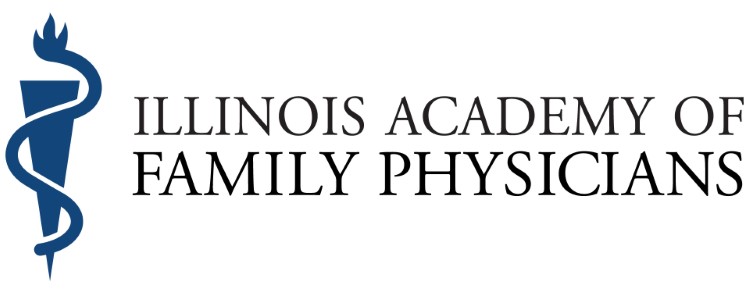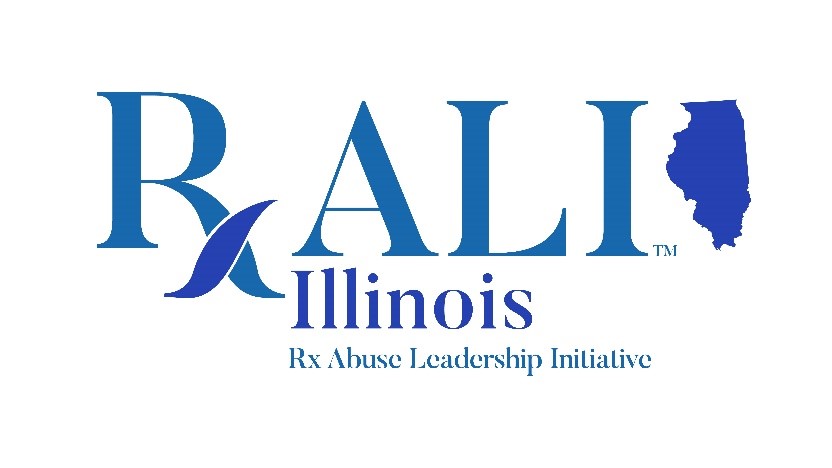We may be well into winter right now, but you wouldn’t know that by the above-average temperatures and below average snowfall totals we’ve experienced in January, until now! I must give a “hat tip” to IAFP First Vice President Kate Rowland, MD for the excellent suggestion of titling my President’s Member Message “What’s Hot with Dr. Ott.”
At our first board meeting of calendar year 2023 on Zoom January 18, we covered a lot of ground in a short amount of time. First, it was great to see everyone again and even some new faces, the new IAFP “Board Babies” born since our annual meeting. By meeting virtually several times during the year, our board members with little ones at home can participate in the meetings, and sometimes those little board babies make an appearance, which brings us all joy!
Unfortunately, COVID-19 is still running too hot in our state and our world. I am one of several IAFP leaders who have participated in the Illinois Vaccinates Against COVID-19 (I-VAC) project alongside the Illinois Chapter of the American Academy of Pediatrics (ICAAP) to improve COVID-19 vaccination uptake across all eligible people. It’s truly a team effort of organizations, clinicians, and patients. Our board was able to review the I-VAC Evaluation Report at our meeting. I would like to share some of our observations.
- The good news: The number of practices that report that they are administering COVID vaccines has steadily increased during I-VAC implementation. For some clinicians, providing vaccines at special clinics within their practice was the most effective way to integrate vaccines into care. The proportion of practices vaccinating during routine care visits has also increased at the end of project year. Providers have found strategies to reach vaccine-hesitant and unvaccinated communities to achieve COVID vaccination regardless of socioeconomic status, race/ethnicity, sexual orientation, gender, disability status, geographic location, or some combination of these.
- A concern revealed: Most of the clinicians participating hail from the Chicago metro area (Regions 7-11). This suggests that we are not reaching providers and allies across all parts of the state. As a physician in the downstate western border city of Quincy, I personally encourage downstate colleagues to support vaccine equity among Illinois residents and help us improve state capacity to implement and routinize vaccines. Lower vaccination rates and higher social vulnerability indices cluster most strongly outside of the Chicago metro area, particularly in Southeastern border and Western border regions of the state.
- What can we do? The I-VAC project will continue to offer more resources for providers and plans are in the works for new patient-facing information resources as well. Use all available resources and information with your patient and family engagements to ensure your eligible patients feel comfortable and confident protecting themselves and their loved ones from COVID infection and illness. Try partnering with trusted community leaders who also support vaccination. You can also join a learning collaborative or jump in on the I-VAC Office Hours in February and get “a little help from your friends.” There are lots of opportunities on the February calendar at https://www.illinoisvaccinates.com/learning-collaboratives/.
I plan to return to your email inbox every other month with “What’s Hot with Dr. Ott.” I’m also interested in what’s hot in your community that should be shared. Contact me at [email protected].
Thanks for all you do.
|
Timothy Ott, DO, FAAFP
President
|
|
|





